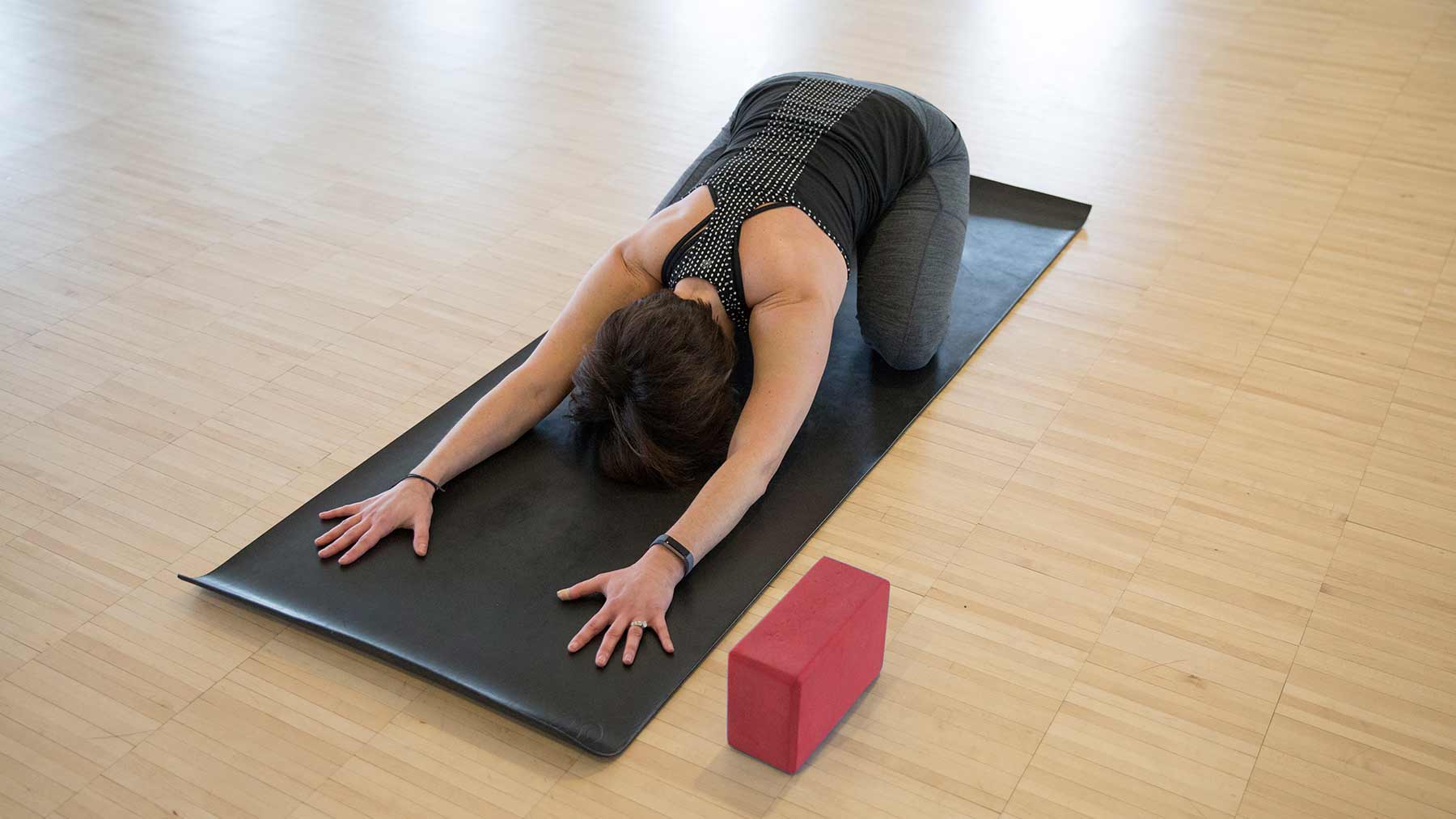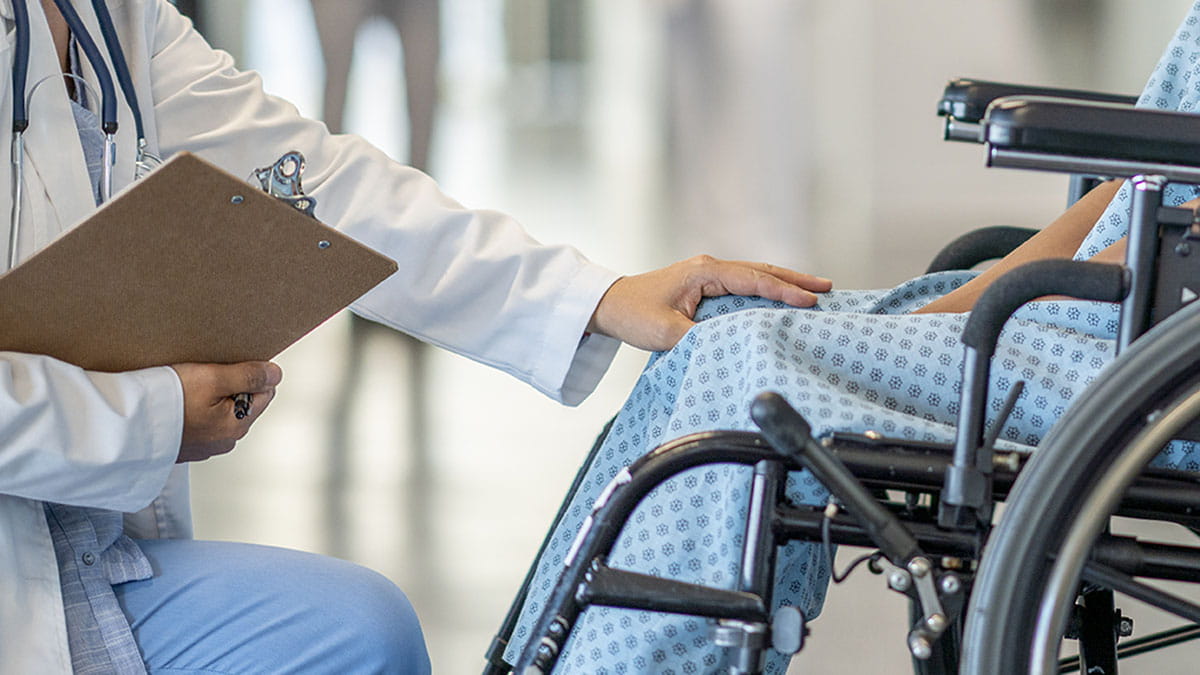How to relieve pain without opioids

For the past couple of decades, prescription opioids such as oxycodone, hydrocodone, codeine, and morphine have been popular choices for helping patients to manage acute pain.
In fact, in 2016 there were more than 214 million opioid prescriptions in the United States, according to a report by the Centers for Disease Control and Prevention.
But as the rates of opioid abuse and overdose deaths have escalated in recent years, so have the concerns of those prescribing and taking these drugs. Both health care providers and patients are looking for other pain relief options.
Are non-opioid drugs as effective as opioids?
Opioids have long been considered the “go-to” drugs to help manage acute pain. For some acute conditions though, opioids are probably not necessary. A recent study in the Journal of the American Medical Association showed that opioid drugs (oxycodone, hydrocodone, or codeine) when combined with the non-opioid painkiller acetaminophen (Tylenol), were not more effective than a combination of non-opioid painkillers such as acetaminophen or ibuprofen (Advil) in reducing pain.
Acetaminophen can be helpful in treating acute pain associated with headache, arthritis, and cancer. Nonsteroidal anti-inflammatory drugs (NSAIDs) such as ibuprofen, naproxen, and aspirin are effective at controlling pain and also reducing fevers and inflammation.
What are other effective methods to treat pain?
The importance of regular exercise and of physical therapy is especially well established. Many people are now trying complementary and alternative medicine for pain management, rather than relying on drugs to provide relief.
Various studies have shown the benefits of using non-drug treatments such as acupuncture, aromatherapy, biofeedback, chiropractic, cognitive behavioral therapy, hypnotherapy and massage to help relieve chronic pain.
Some people find that their pain improves when they can reduce stress by using various relaxation techniques, such as guided imagery, progressive muscle relaxation and meditation. Others find relief by doing yoga on a regular basis.
What does Ohio State offer for pain management?
The Ohio State University Wexner Medical Center’s Comprehensive Pain and Headache Center provides management alternatives for patients whose pain results from chronic conditions other than cancer or spinal injury or disease.
These may include advanced arthritic pain of the hips or knees, pancreatic and other abdominal pain; chronic kidney and bladder pain; chronic regional pain syndrome; facial pain; migraine and other chronic headache conditions.
Our pain medicine experts may use advanced procedures such as sacroiliac radiofrequency nerve ablation, neural field stimulator implantation for non-spine painful conditions, radiofrequency ablation of other peripheral sensory nerves, and in a few select cases intrathecal drug delivery implantation for non-spine pain conditions.
As a part of our opioid reduction program, clinic physicians create a coordinated treatment plan to discontinue pain medicine over 60-75 days through a combination of medicine schedules, procedures, and referral to other therapies and substitution of medicines.
The Comprehensive Pain and Headache Center is a core component of the Ohio State’s Wexner Medical Center’s Neurological Institute which is working to develop new technologies and better treatments for people with complex pain and headaches.
Dr. Steven Severyn is an anesthesiologist and director of the Comprehensive Pain and Headache Center at The Ohio State University Wexner Medical Center’s Neurological Institute




